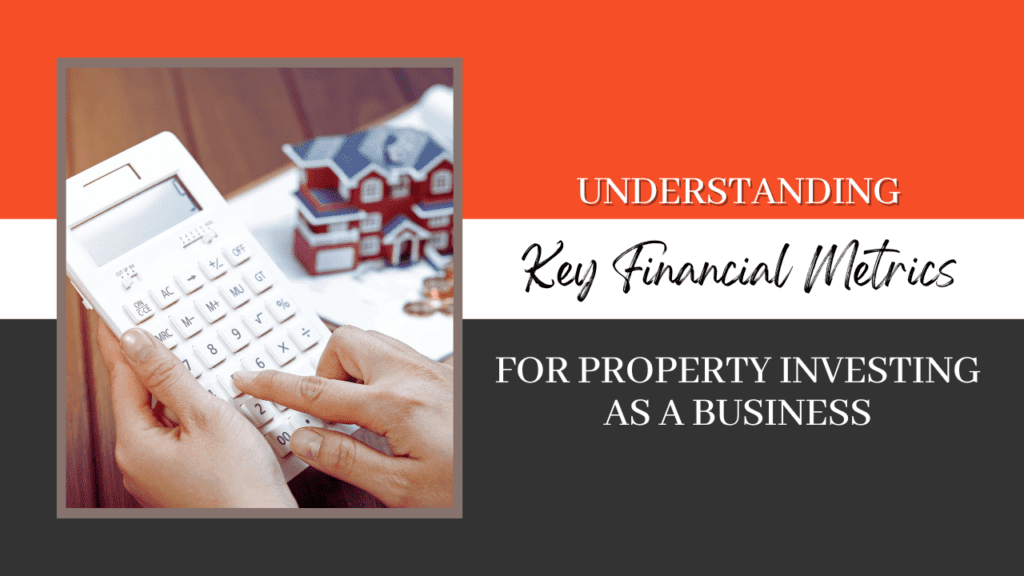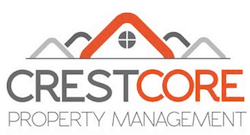
Investing in Memphis real estate is an excellent way to earn passive income and grow your wealth. But, do you really know how much you’re earning? Have you established a way to measure the success of each investment property and your portfolio as a whole?
To succeed as an investor, you need to understand and monitor a set of key financial metrics. Plenty of sophisticated property management insights and analytics are available to help us sift through all the data that we gather. Without the benefit of our technology and accounting software, however, you can still utilize a few metrics to give you an idea of whether your investment properties are sustainable as profitable businesses.
Cash Flow and Profitability
Cash flow is the income you receive from rental payments, minus the expenses you incur, such as maintenance, repairs, and taxes. Positive cash flow means that your property is generating more income than expenses, which is a good sign of profitability. Negative cash flow, on the other hand, means that you’re spending more than you’re earning, and you may need to reassess your investment.
In Memphis, positive cash flow should not be too difficult to achieve. If you’re losing money every month, you should use this particular metric to examine why.
Return on Investment (ROI) for Your Property
Return on Investment (ROI) is a metric that measures how much profit you’re making on your investment, compared to the amount of capital you’ve invested. It is calculated by dividing your net profit by your initial investment. A positive ROI indicates that your investment is profitable, while a negative ROI indicates that you’re losing money.
You can use this ROI metric to compare different investment opportunities when you’re planning to buy a property, and choose the one that offers the highest returns.
Analyzing Your Cap Rate
Cap rate (capitalization rate) is another financial metric that helps you assess the value of a real estate investment. It is calculated by dividing the net operating income (NOI) of the property by its current market value. Cap rate is expressed as a percentage, and a higher cap rate implies a higher rate of return.
Keep in mind that cap rates vary across different markets and property types, so it’s essential to research and compare them for each investment opportunity.
Debt Service Coverage Ratio (DSCR)
Unless you’ve purchased your investment property in cash, you likely have a loan that needs to be paid down. Debt Service Coverage Ratio (DSCR) is a metric that measures the ability of your property to generate enough cash flow to cover its debt obligations. It can be calculated by dividing your net operating income by your total debt service. A DSCR of 1 or more indicates that your property is generating enough cash flow to pay its debts, while a DSCR of less than 1 means that your property is not able to cover its debt obligations.
If you’re looking to borrow money, most lenders will typically require a minimum DSCR of 1.2 before approving a loan.
Considering Gross Rent Multiplier (GRM)
Gross Rent Multiplier (GRM) is a metric that helps you assess the income potential of a rental property. It is calculated by dividing the property’s market value by its annual rental income. The lower the GRM, the better the income potential of the property. GRM varies across different markets and neighborhoods, so consider this when you’re considering an investment.
Following these key financial metrics can help you make informed decisions and ensure the profitability of your rental property business.
![]() If you’d like some help making sense of these financial metrics, and others, please don’t hesitate to contact us at CrestCore Realty.
If you’d like some help making sense of these financial metrics, and others, please don’t hesitate to contact us at CrestCore Realty.
